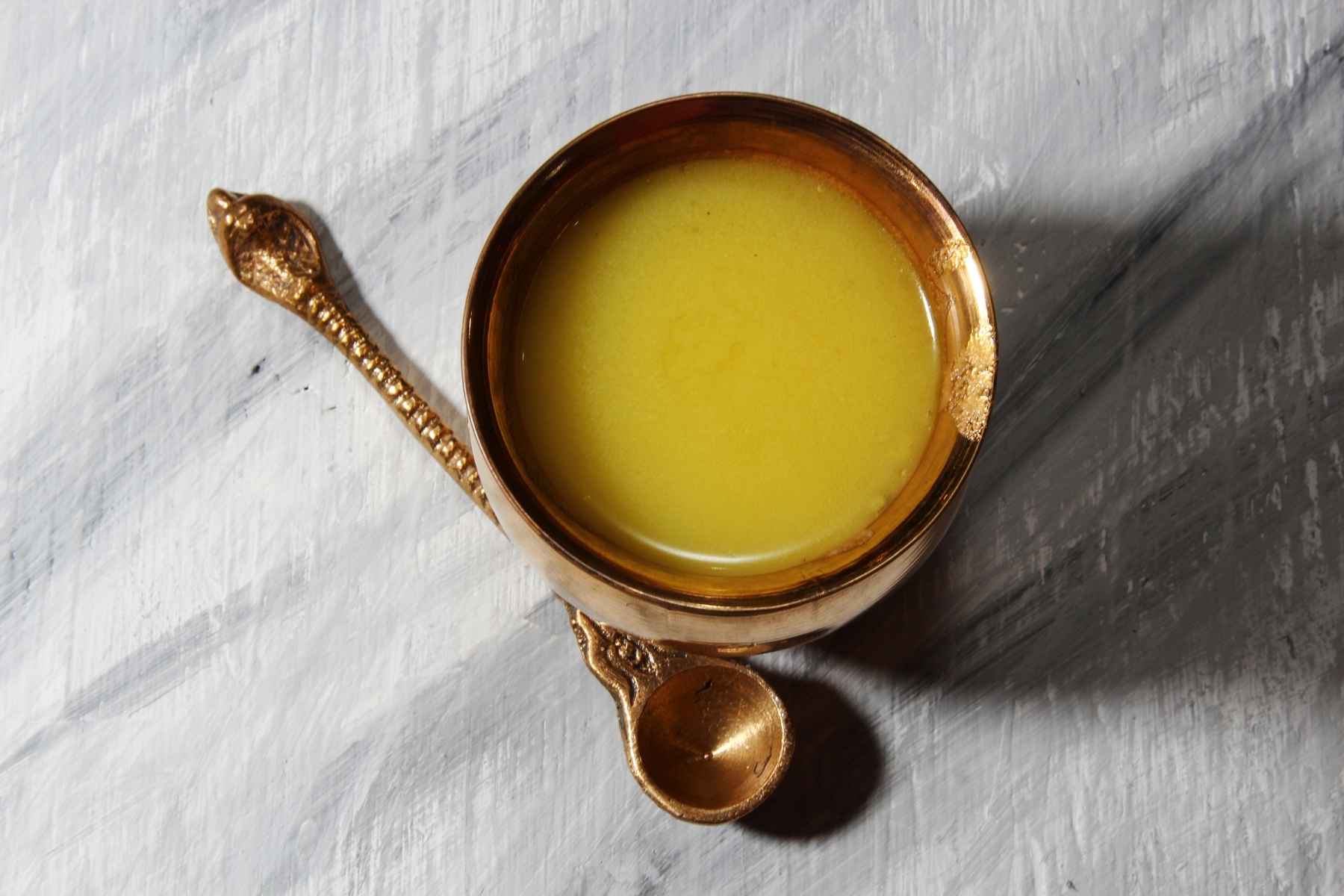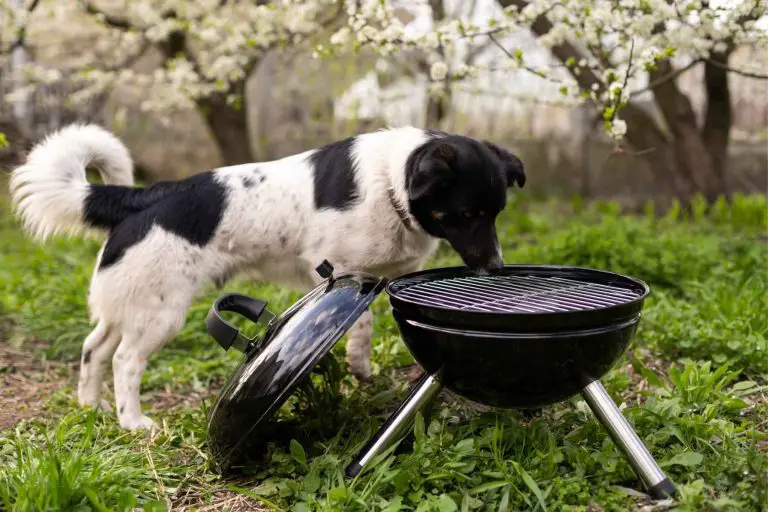Can Dogs Eat Ghee?

Ghee is a form of butter, but it contains way less lactose and casein than regular butter. Ghee should be fed in moderation to dogs as it is high in saturated fat. Ghee is a good source of vitamins A, C, D, and K.
What is ghee?
Ghee is a type of clarified butter made by simmering butter until all the water has evaporated and the milk solids have sunk to the bottom, leaving a clear golden liquid on top. It is a rich source of vitamins, antioxidants, and fats, making it a popular choice for cooking.
Is ghee good for dogs?
Ghee is popular in Indian cuisine. Some people believe that ghee is good for dogs, but this is actually not the case.
There is very little lactose in ghee for dogs to digest, so it is safe for them to eat. However, ghee should be used sparingly because it is high in saturated fats. Ghee should also be avoided if your dog has pancreatitis.
On the other hand, ghee is a rich source of antioxidants and vitamins, so dogs can definitely eat small quantities of ghee without any problems.
How to give ghee to your dog?
There are a few ways to give ghee to your dog. The most common way is to add it to their food. You can either add it directly to their bowl or make a ghee-based sauce or gravy and pour that over their food.
Another way is to apply it topically. Ghee is not the same as fatty products like butter, or cheese that should be avoided in dogs – in fact, it has many benefits for them.
So you can simply rub some ghee into their skin and coat, or you can put it on their paw pads so they lick it off themselves. And finally, you can also give your dog oral doses of ghee using a syringe or dropper.
What are the benefits of ghee for dogs?
Ghee contains good cholesterol and is rich in vitamin A which helps to strengthen a dog’s immune system and maintain healthy eyesight. It is also an excellent source of vitamin K, promoting bone and dental health in dogs.
There isn’t a lot of research on the health effects of giving ghee to dogs, but some owners report improved coat quality for their pets after giving them ghee. Others see fewer allergic reactions from products like yogurt and cheese when they give their dog ghee.
While there isn’t any information about whether it can also improve coat quality and allergies for all breeds or types of dogs, ghee may help dogs with lactose intolerance without worrying about triggering stomach problems.
How much ghee is safe for dogs?
While ghee is considered safe for human consumption, it’s not recommended to feed dogs more than one teaspoon of ghee per 20 pounds of body weight about once a day.
If your dog overeats ghee, he might experience digestive problems like diarrhea or vomiting. In severe cases, your dog might need fluids or hospitalization. So it’s important to be aware of how much ghee your dog is eating and to take him to the vet if he experiences any symptoms.
Can dogs eat roti with ghee?
There is some debate over whether or not dogs can eat rotis with ghee. Some people say that it’s okay for dogs to eat Indian bread as long as it doesn’t contain any spices, while others believe that all bread is unsafe.
Ghee and oil are the key ingredients in naan, paratha and Western-style bread – and dogs do seem to like wheat. Ghee is traditionally used as an accompaniment to roti, giving the food that extra flavor. However, because ghee is high in fat content, it may not be safe for dogs to eat large quantities of it.
But, as with anything, it’s important to keep a varied diet for your dog, so it doesn’t become bored of one food. Most dogs will eat some ghee and paratha without any problems, but if your dog has a sensitive stomach, you should avoid giving it these items. The odd staran or roti dipped in ghee won’t kill them!
Indian bread is an excellent alternative for dogs – they’re made with wheat flour and ghee, which are two ingredients that dogs love. Indian cooking is different from Western food and can be challenging to master, but it’s worth the effort!
Can dogs eat other types of butter or margarine?
There are many different types of butter and margarine, and some are better for dogs than others. For example, butter that is made with soybean oil is a good choice for dogs, as it is lower in fat than other types of butter.
Margarine which is made with vegetable oil is also a good option for dogs. However, both options should be used sparingly, as they are still high in fat.
What are the risks of giving your dog too much butter or margarine?
While butter can be a healthy addition to your dog’s diet in moderation, giving them too much can lead to health problems.
Some of the risks associated with giving too much butter or margarine to your pet include increased cholesterol levels, kidney damage, and weight gain. Dogs that consume large quantities of these substances are also at risk for pancreatitis, a serious medical condition.
If you think your dog has eaten too much butter or margarine, it is important to contact your veterinarian as soon as possible. The vet will provide you with the necessary treatment and advice on how to keep your pet safe in the future.






